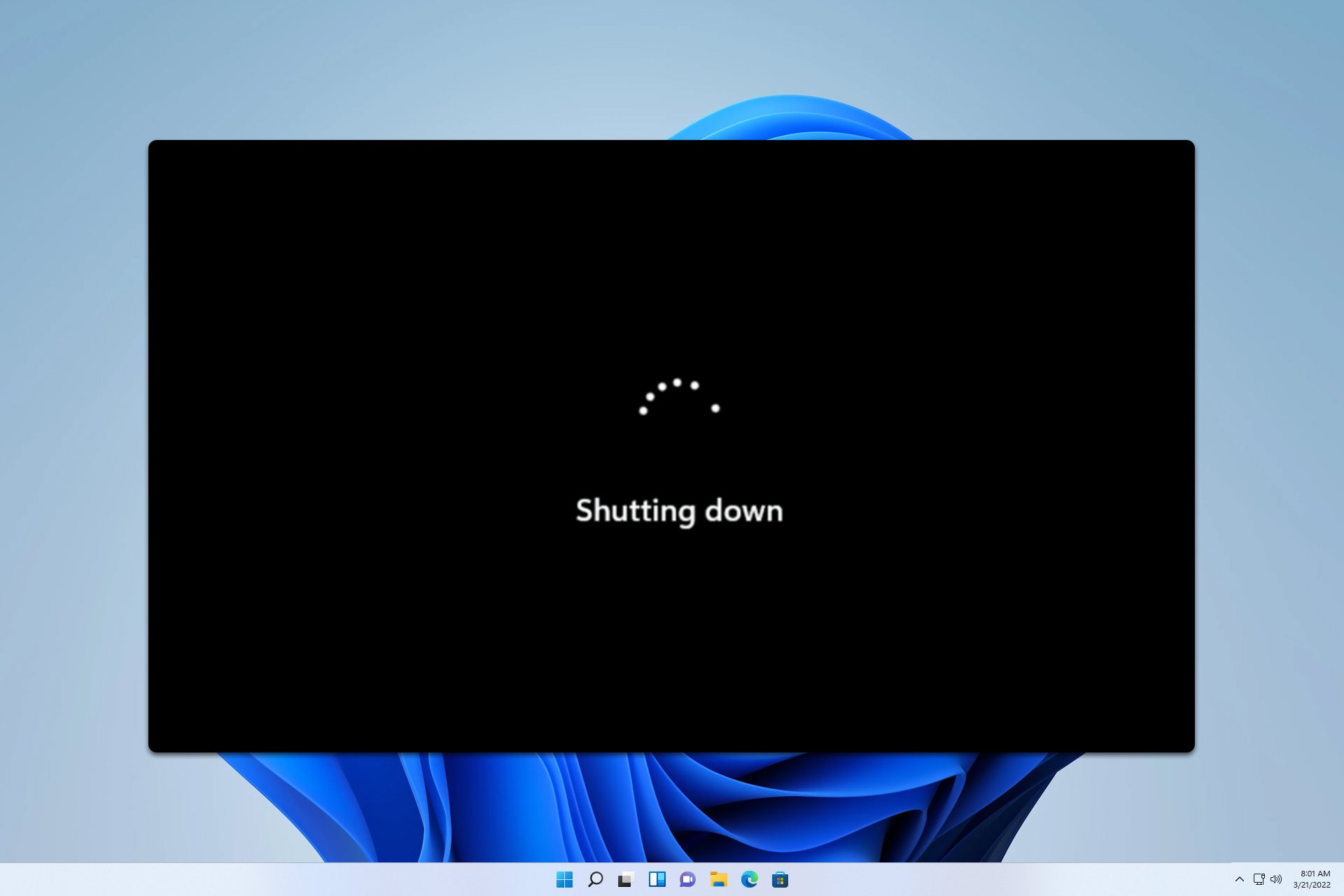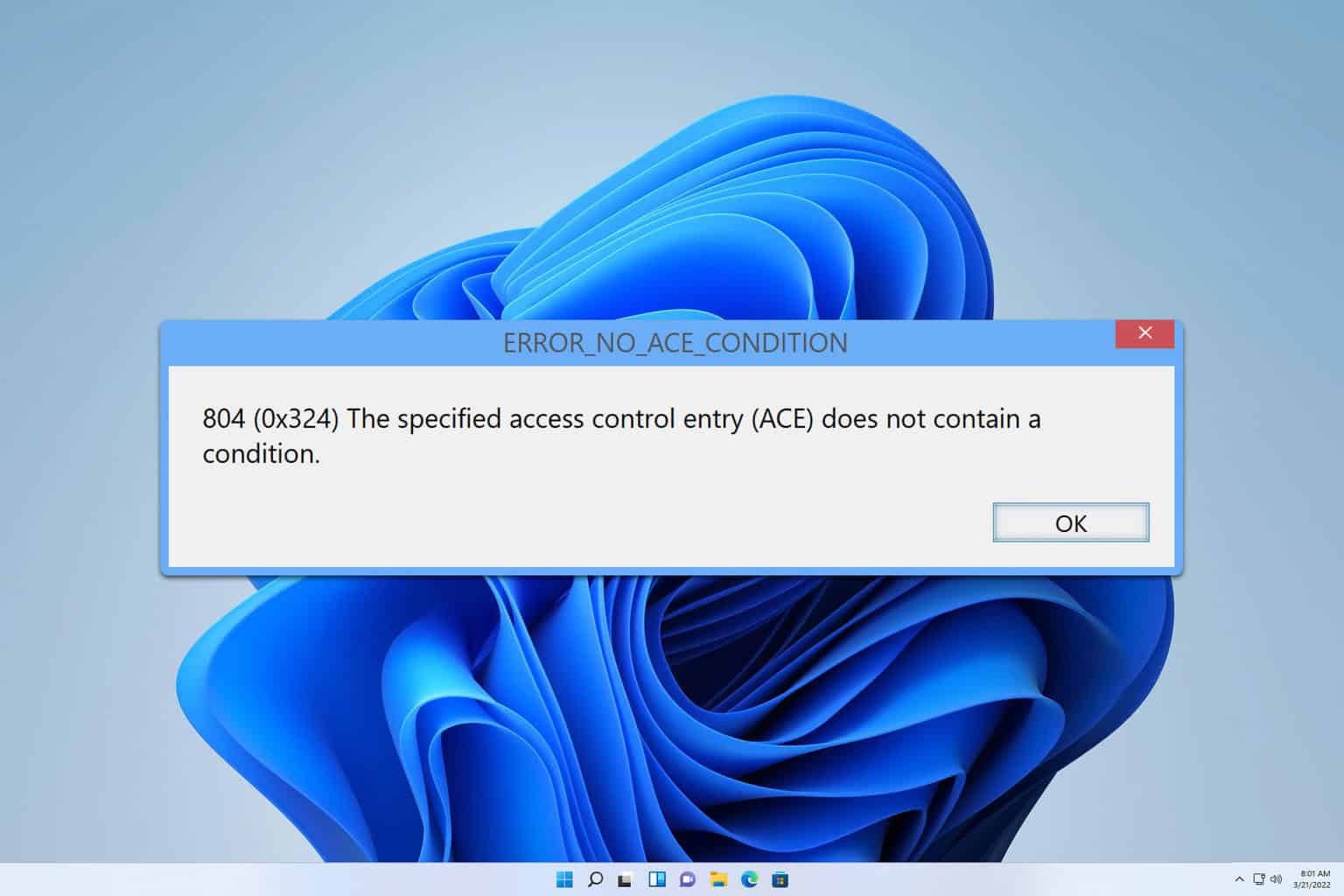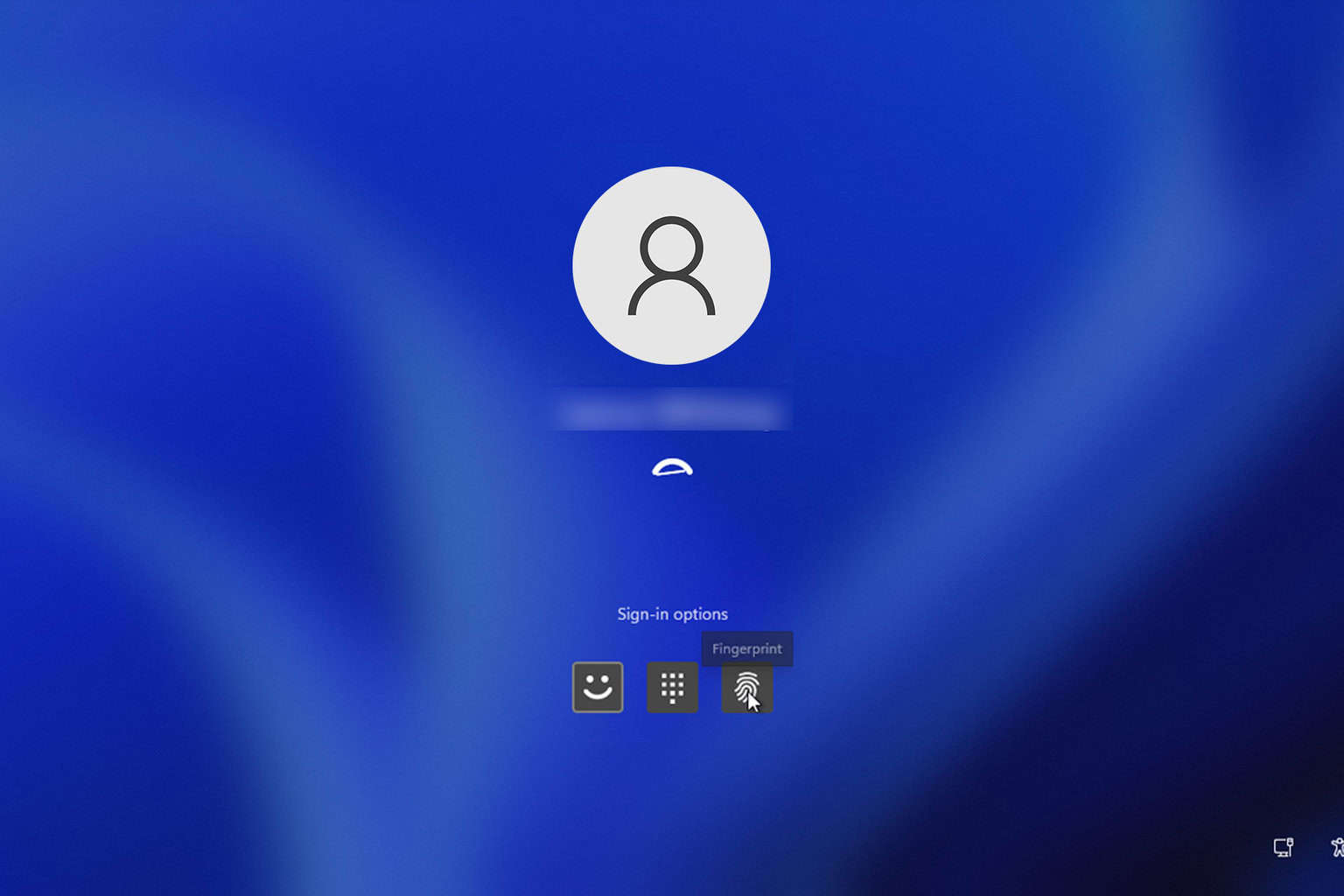How to Fix ERROR_INVALID_DEVICE_OBJECT_PARAMETER
Updating the drivers will usually fix this error
4 min. read
Published on
Read our disclosure page to find out how can you help Windows Report sustain the editorial team. Read more

The ERROR_INVALID_DEVICE_OBJECT_PARAMETER is a Windows error that typically comes with the 650 (0x28A) error code and the message The device object parameter is either not a valid device object or is not attached to the volume specified by the file name.
The error occurs when there is an issue with a device driver or hardware component. This error often manifests as a Blue Screen of Death (BSoD) and can be caused by outdated, corrupted, or incompatible drivers, faulty hardware, or misconfigured system settings.
How do I fix ERROR_INVALID_DEVICE_OBJECT_PARAMETER?
1. Identify the cause
- When the BSoD appears, note the error code (ERROR_INVALID_DEVICE_OBJECT_PARAMETER) and any associated file names (e.g., ntoskrnl.exe or specific drivers).
- Press Windows + R, type eventvwr.msc, and press Enter.
- Navigate to Windows Logs > System and look for critical errors around the time of the crash.
The ERROR_INVALID_DEVICE_OBJECT_PARAMETER BSoD has several possible causes and pinpointing the exact issue will help you fix it a lot faster.
2. Boot into Safe Mode
- Restart your computer.
- During boot, press F8 or Shift + F8 repeatedly to access the Advanced Boot Options menu.
- Select Safe Mode with Networking to enable internet access for driver updates.
- If the error doesn’t occur in Safe Mode, the issue is likely related to third-party drivers or software.
Safe Mode loads only essential drivers and services, making it easier to diagnose and fix issues.
3. Update or Roll back device drivers
- Press Windows + X and select Device Manager.
- Expand categories like Display Adapters, Disk Drives, and Network Adapters.
- Right-click each device and select Update Driver > Search automatically for updated driver software.
- Alternatively, visit the manufacturer’s website (e.g., NVIDIA, Intel, AMD) to download the latest drivers.
- If the error started after a recent driver update, roll back to the previous version:
- In Device Manager , right-click the problematic device and select Properties.
- Go to the Driver tab and click Roll Back Driver.
Outdated or incompatible drivers are a common cause of this error. If you want to fix this problem faster, we recommend using a dedicated driver updater tool.
4. Run System File Checker (SFC)
- Press Windows + S, search for Command Prompt , right-click it, and select Run as Administrator.
- Type the following command and press Enter:
sfc /scannow - Wait for the scan to complete and follow any on-screen instructions to repair corrupted files.
5. Check the disk for errors
- Open Command Prompt as Administrator (as described above).
- Type the following command and press Enter
chkdsk C: /f /r - Replace
C:with the appropriate drive letter if necessary. - The /f flag fixes errors and the /r flag recovers bad sectors.
- Restart your computer. The tool will run during the next boot cycle. Allow it to complete the process.
6. Test Hardware Components
- Test RAM:
- Test Hard Drive:
- Use tools like CrystalDiskInfo to check the health of your hard drive.
- Look for warnings like Bad Sectors or Pending Sectors.
- Inspect other hardware:
- Ensure all cables and components (e.g., GPU, SSD/HDD) are securely connected.
- If you recently installed new hardware, remove it temporarily to see if the error persists.
7. Reset or reinstall Windows
If none of the above steps work, resetting or reinstalling Windows may resolve deeper system issues.
- Reset Windows:
- Press Windows + I, go to System > Recovery.
- Select Reset this PC and choose Keep my files (if possible).
- Reinstall Windows:
- Create a bootable USB drive using the Windows Media Creation Tool .
- Boot from the USB drive and perform a clean installation.
We have a dedicated guide on how to reset Windows 11 to factory settings if you need more information.
If the issue persists after trying all the above steps, consider the contacting the manufacturer support. Of course, if diagnostics reveal failing components (e.g., hard drive, RAM), replace them as needed.
The ERROR_INVALID_DEVICE_OBJECT_PARAMETER error can stem from various sources, including drivers, hardware, or system files. By systematically following these steps—starting with driver updates and ending with hardware diagnostics—you should be able to identify and resolve the root cause. If the problem remains unresolved, professional technical support or hardware replacement may be necessary.
If you have further suggestions with solutions that worked for you, leave them in the comments below.









User forum
0 messages